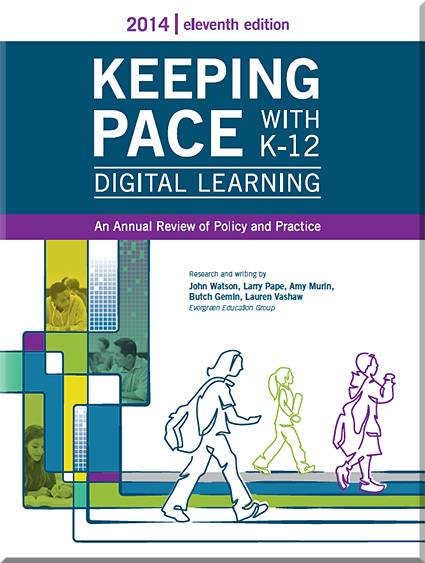Automation, jobs, and the future of work — from mckinsey.com
A group of economists, tech entrepreneurs, and academics discuss whether technological advances will automate tasks more quickly than the United States can create jobs.
Excerpt:
The topic of job displacement has, throughout US history, ignited frustration over technological advances and their tendency to make traditional jobs obsolete; artisans protested textile mills in the early 19th century, for example. In recent years, start-ups and the high-tech industry have become the focus of this discussion. A recent Pew Research Center study found that technology experts are almost evenly split on whether robots and artificial intelligence will displace a significant number of jobs over the next decade, so there is plenty of room for debate.
What follows is an edited transcript plus video clips of a conversation on this topic, moderated by McKinsey Global Institute partner Michael Chui and MGI director James Manyika. The participants were Martin Baily, senior fellow, economic studies, Brookings Institution; Richard Cooper, Maurits C. Boas Professor of International Economics, Harvard University; Curtis Carlson, former president and CEO, SRI International; Reid Hoffman, partner, Greylock; Tim O’Reilly, founder and CEO, O’Reilly Media; Matt Slaughter, associate dean of faculty, Tuck School of Business; Laura Tyson, professor of business administration and economics, Haas Business and Public Policy Group, University of California, Berkeley; and Vivek Wadhwa, fellow, Arthur & Toni Rembe Rock Center for Corporate Governance, Stanford University.
…
It’s quite clear, in the US in recent years, that we’re not creating enough good jobs. People care a lot about their W-2s—what incomes are they earning? If you segment this by educational attainment, 96.2 percent of the US workforce since 2000 is in an educational cohort whose total money earnings, inflation adjusted, have been falling, not rising.
…
What’s happening with the technology, which is skill biased and labor saving, is that it’s eliminating middle-income jobs but is complementary to high skills. The jobs are high-income jobs because some smart people have to work with the technology. But there’s a very large number of people who are being pushed down into lower-income jobs.
…
Maybe we’re looking at the wrong symptoms as opposed to looking at the fundamentals—we are not innovating at the speed of the economy. We are not adapting fast enough









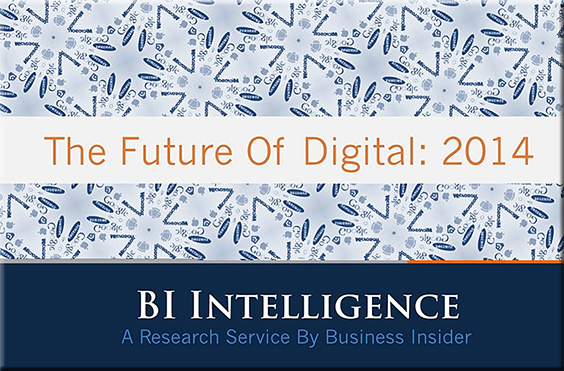

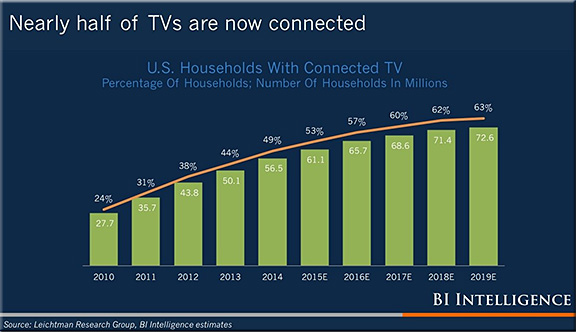

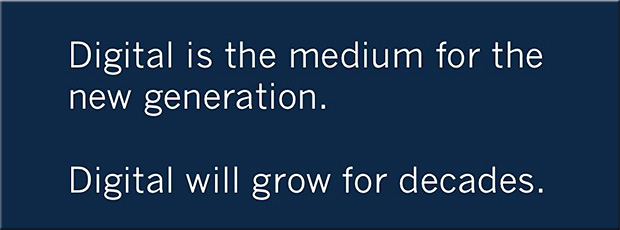
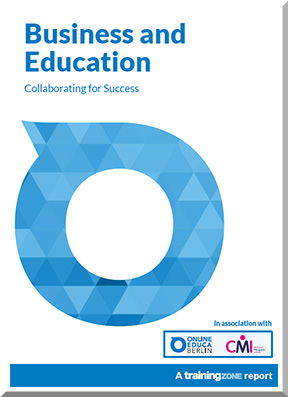
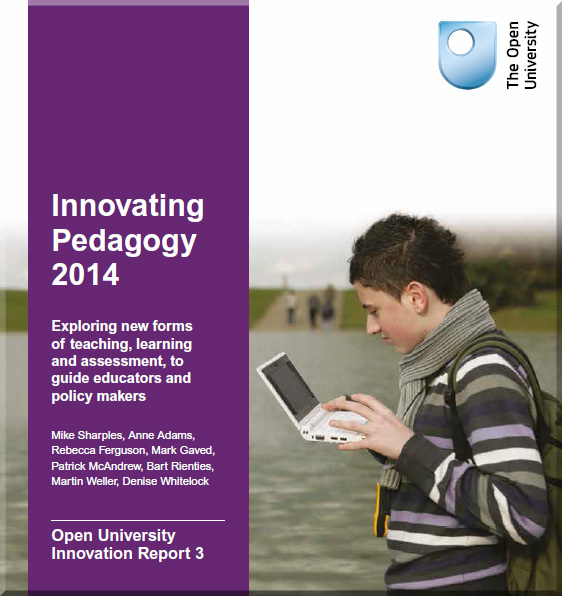
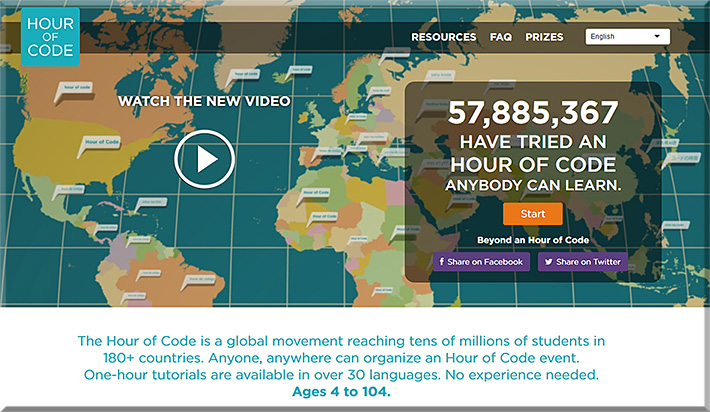




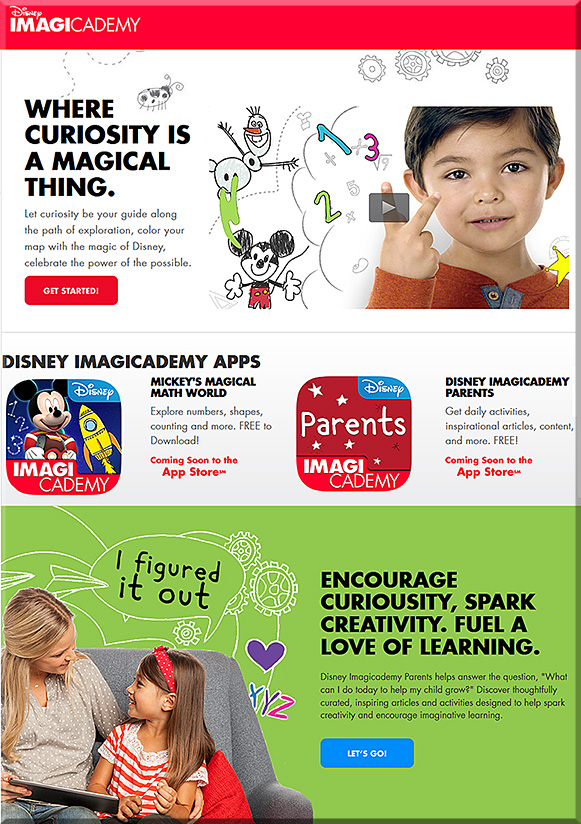

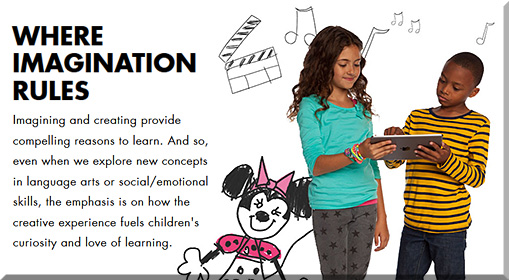
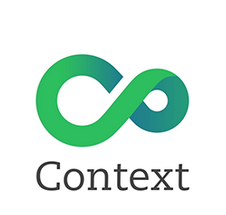
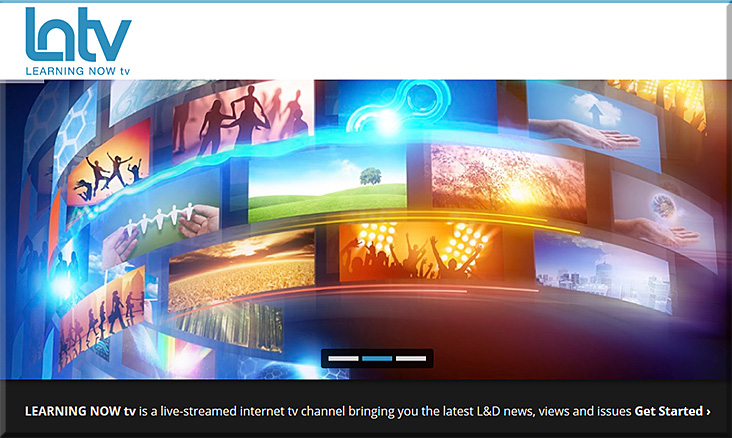



![The Living [Class] Room -- by Daniel Christian -- July 2012 -- a second device used in conjunction with a Smart/Connected TV](http://danielschristian.com/learning-ecosystems/wp-content/uploads/2012/07/The-Living-Class-Room-Daniel-S-Christian-July-2012.jpg)
